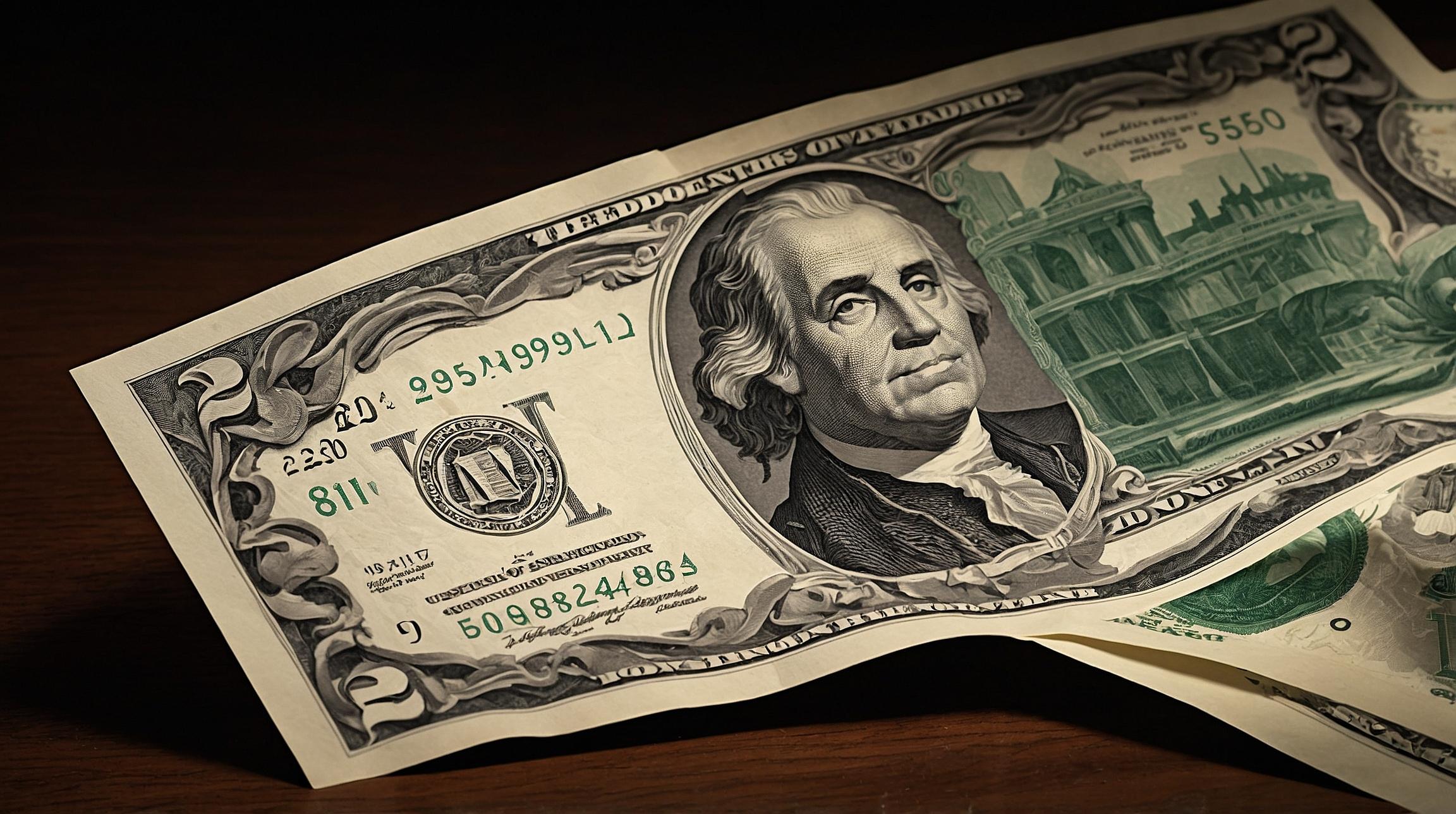Traders Prepare for U.S. Presidential Election to Shake Up Stock Market
Investors are already bracing themselves for potential market turbulence stemming from the upcoming U.S. presidential election, set to take place in November. Options-market strategists have noted that investors are willing to pay a premium to protect their portfolios from any fallout caused by the election. October futures tied to the Cboe Volatility Index (Vix) have recently surged above 20, indicating an increased demand for S&P 500-linked options expiring the following month.
This heightened interest in options is not unique to 2024; demand has also risen prior to previous elections. The Vix climbed to 13.52 early on Monday as U.S. stocks initially opened lower but later turned positive. Some traders attribute this demand for options to the volatility witnessed during the 2016 elections. Rocky Fishman, founder of derivatives-market research firm Asym 500, explained, “I think it’s in response to all of the volatility we had [around elections] in 2016 that markets started pricing it in.”
While the spot Vix remains relatively subdued, the increase in October Vix futures has caused the spread between September and October contracts to widen to 2.8. This widening spread implies that traders are preparing for significant market swings in November. The swings could occur in either direction, although volatility tends to rise more rapidly when stocks are falling.
Investors often turn to call and put options tied to the S&P 500 to hedge their portfolios. When implied volatility rises, options typically become more expensive. Danny Kirsch, head of the options desk at Piper Sandler & Co, mentioned that demand for options has increased ahead of the past four elections, although this year’s demand appears to be picking up earlier. Kirsch attributes this to the earlier nomination of candidates and the uncertainty surrounding Trump’s policies.
The value of Vix futures is determined by trading activity in S&P 500 options set to expire the following month, similar to the spot Vix. Traders consider the 20 level to be significant because it aligns with the long-term average of the index since its inception in the early 1990s. When the Vix rises above 20, traders believe markets will be more volatile than their long-term average. This is noteworthy given the subdued level of the spot Vix, which stood at 12.9 as of Friday, the lowest level in 62 consecutive sessions since October 2018. The Vix rose to 13.52 on Monday.
Despite the anticipation of market swings, stocks turned green on Monday. The S&P 500 was up 0.2% at 5,035.70, while the Dow Jones Industrial Average gained 0.3% at 38,778. The Nasdaq Composite also rose 0.3% to 16,036.
The investor demand for hedges is partly attributed to the shocks from the 2016 elections, including the Brexit vote in the U.K. and Donald Trump’s victory over Hillary Clinton. These events have motivated investors to seek protection well in advance of the November election.
Analyst comment
Neutral news.
As an analyst, the market is expected to experience increased volatility leading up to and following the U.S. presidential election in November. Traders are preparing for significant market swings, with demand for options increasing earlier than in previous elections. The widening spread between September and October Vix futures suggests that traders are bracing for potential turbulence. However, despite the anticipation, stocks turned green on Monday, indicating resilience in the market.













